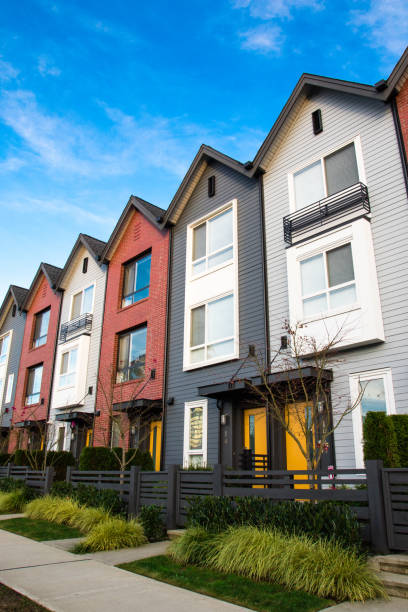Evaluating the Shift in Multigenerational Housing: A Comprehensive Analysis
Introduction: As the real estate market evolves, so does the way we live. An emerging trend is multigenerational housing, where several generations coexist under one roof. This article will delve into the intricacies of this housing trend, providing a thorough analysis of its implications for buyers, sellers, and investors.

Understanding Multigenerational Living: A Historic and Modern Perspective
Contrary to popular belief, multigenerational living is not a new phenomenon. Historically, it was a common practice for extended families to live together. However, the post-WWII era saw a shift towards nuclear families, largely due to the economic boom and affordable housing opportunities. Fast forward to the 21st century, and we’re witnessing a resurgence of this trend, driven by economic, social, and demographic factors.
The Return of Multigenerational Living: Key Drivers
Several factors are contributing to the revival of multigenerational living. Economic challenges, such as rising property prices and increasing student debt, make it difficult for younger generations to own homes. Meanwhile, an aging population requires care and companionship, often provided by family members. Lastly, cultural shifts are leading many immigrant families to retain their traditional multigenerational living arrangements.
Navigating the Multigenerational Housing Market: Opportunities and Challenges
The rise in multigenerational living presents exciting opportunities for both buyers and sellers. Developers are now offering homes designed specifically for this lifestyle, featuring private living areas for each generation while maintaining shared spaces for family interaction. For sellers, marketing a property’s potential for multigenerational living can attract a larger pool of buyers.
However, the trend also poses challenges. Zoning laws in some areas restrict the creation of additional living spaces in single-family homes. Moreover, privacy concerns can deter potential buyers.
The Ripple Effect: Implications for Real Estate Investors
For investors, multigenerational living offers a unique set of opportunities. Properties geared towards multigenerational living can attract long-term tenants, ensuring a steady income stream. In addition, demand for these properties is expected to rise, contributing to potential property value appreciation.
On the flip side, investors must navigate potential legal and privacy concerns. They must also ensure properties are well-equipped to meet the needs of multigenerational occupants.
Looking Ahead: The Future of Multigenerational Living
Based on current trends, it’s likely that multigenerational living will continue to gain popularity. As such, those involved in real estate—whether buyers, sellers, or investors—need to understand this trend and its implications. By doing so, they can make informed decisions and capitalize on the opportunities this housing shift presents.
In conclusion, the shift towards multigenerational living is transforming the real estate landscape. While it presents certain challenges, the potential benefits are significant. As with any trend, understanding its nuances is key to success in the dynamic world of real estate.




